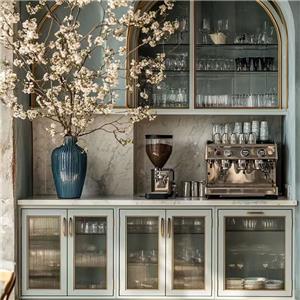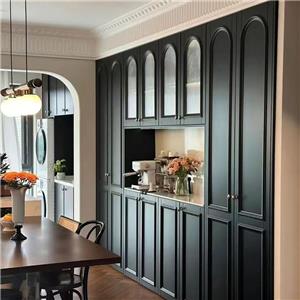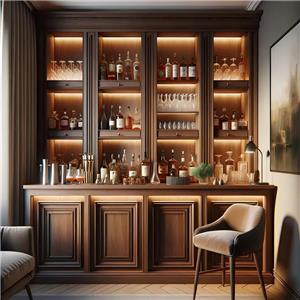What was the original purpose of the wardrobe closet?
As an indispensable piece of furniture in the modern home, the wardrobe closet carries people's needs for storage and lifestyle. However, it did not always appear in the form it is today, nor was it always used to store clothes. What was the original purpose of the wardrobe closet? How did it evolve to become a household standard today?
In this article, we will trace the origin and evolution of the armoire closet and explore its rich history and functional transformation.
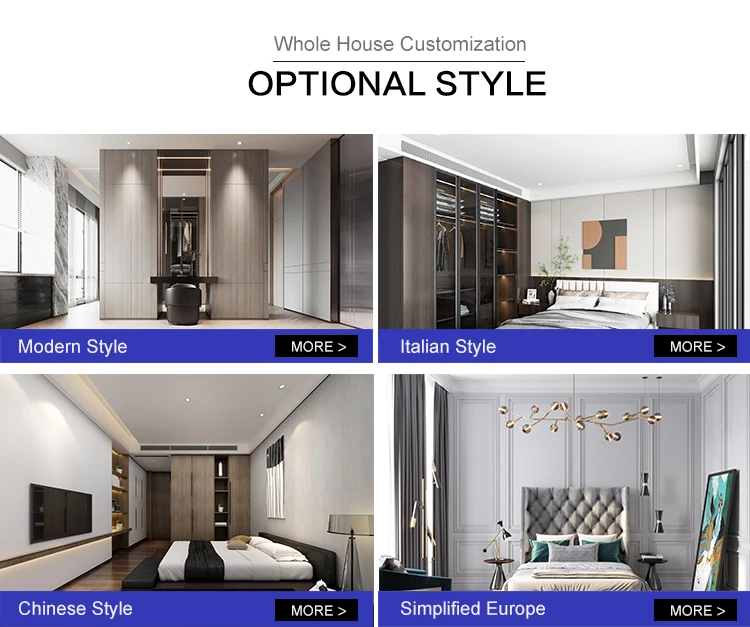
The earliest origins of the wardrobe closet: from box to cabinet
The earliest armoire closets were not the upright or built-in designs we see today, but were closer to boxes or wooden boxes. Ancient people used these wooden containers to store personal items, and these items were not limited to clothing. They could include jewelry, important documents, handicrafts, and even weapons.
In ancient Egypt and ancient Greece, wealthy families began to use exquisite wooden boxes to store precious items. The size and complexity of the box depended on the owner's wealth and social status. Over time, these boxes gradually evolved and began to have more functions, such as the ability to separate items and increase storage space. This is the earliest prototype of the wardrobe closet, but at that time, people did not use them specifically to store clothes.
Wardrobe closet in the Middle Ages: a symbol of aristocratic status
In the Middle Ages, the function of the armoire closet was further expanded and evolved. With the development of the European feudal system, the aristocracy began to pay attention to the display of identity and status, and gorgeous clothes became a symbol of their wealth. In order to store these gorgeous clothes, the nobles began to use more specialized furniture-wardrobe closet.
However, the armoire closet of this period was not specifically used to store clothes. There was often a large wooden cabinet in the rooms of the nobles, which might be placed with various valuables and daily necessities, and clothes were only part of it. The wardrobe closet of this period was usually hand-made by craftsmen, with complex carvings and solid structures. It was not only a piece of furniture, but also a work of art. These cabinets were usually placed in the private rooms of the nobles, which not only showed the wealth and taste of the owner, but also facilitated their management of property.
It is worth noting that in the Middle Ages, ordinary people did not have the conditions to use this kind of furniture. Commoners' houses are usually simple and do not have enough space to store a large number of items. They rely more on simple hangers or wooden boxes to store clothes. Therefore, in the early use scenarios, the wardrobe closet was more exclusive to the nobility and the upper class.
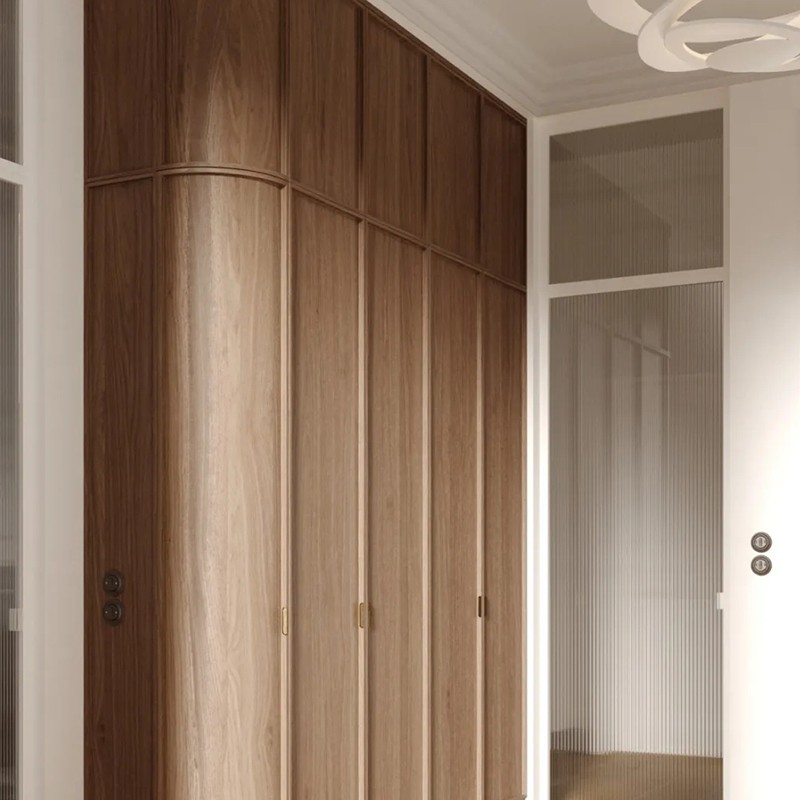
Luxury wardrobe closet in the Renaissance: the transition from function to art
During the Renaissance, with the recovery and development of the European economy, the wardrobe closet began to become more and more popular, especially in wealthy families. During this period, the function of the armoire closet was further clarified, and it gradually became a piece of furniture specifically for storing clothes. As people's demand for the types and quantities of clothes increased, the structure of the armoire closet became more complicated. It began to have multiple compartments and drawers, and could even store clothes according to different seasons or uses.
In addition to functional improvements, the armoire closet in the Renaissance also developed greatly in aesthetics. Artists and craftsmen incorporated a large number of decorative elements into the design of the armoire closet, such as relief, painting and inlay craftsmanship. These luxurious designs not only made the wardrobe closet a practical piece of furniture, but also made it a work of art in the home, highlighting the owner's taste and status.
Turning point in the 18th century: Wardrobe closet becomes furniture for storing clothes
In the 18th century, the lifestyle of European society changed again. With the development of the textile industry, the cost of making clothes gradually decreased, and people could own more clothes. At this time, the armoire closet began to gradually move away from the role of multifunctional furniture and turned into furniture specifically for storing clothes.
The design of the armoire closet during this period was more concise and practical, and the internal hanging rods, drawers and partitions were designed specifically for clothing storage. Especially in the upper class, the use of armoire closets became more and more widespread, and many families would have a special "wardrobe closet room" to store the owner's clothes and accessories. At this time, the armoire closet was no longer as bulky as in the Middle Ages. It became lighter and easier to carry and rearrange.
At the same time, with the expansion of colonies and the rise of cross-border trade, European furniture design was also influenced by other cultures. In particular, the oriental lacquer wood craftsmanship and delicate carving style began to be integrated into the European wardrobe closet design, adding exotic decorativeness to its functionality.
Popularization and transformation in the 19th century: Wardrobe closet enters ordinary families
The 19th century was the era of the Industrial Revolution. Mechanized production methods greatly improved the manufacturing efficiency of furniture. Wardrobe closet, as a daily furniture, began to enter the lives of ordinary families. With the process of urbanization, housing conditions gradually improved, and more and more families were able to have independent bedrooms and larger storage space. The design of wardrobe closet also became more diversified during this period. There were large customized wardrobe closets suitable for wealthy families, as well as small, practical armoire closets suitable for ordinary working-class people.
At the same time, the internal design of armoire closets during this period became more professional. Functional designs such as hanging rods, drawers, and mirrors allow wardrobe closets to not only store clothes, but also become a space for organizing and taking care of personal image. Especially in the Victorian era, women's clothing became more and more complicated, and the storage of skirts, coats, hats, and accessories required more careful arrangements, so the internal structure of wardrobe closets was further optimized.
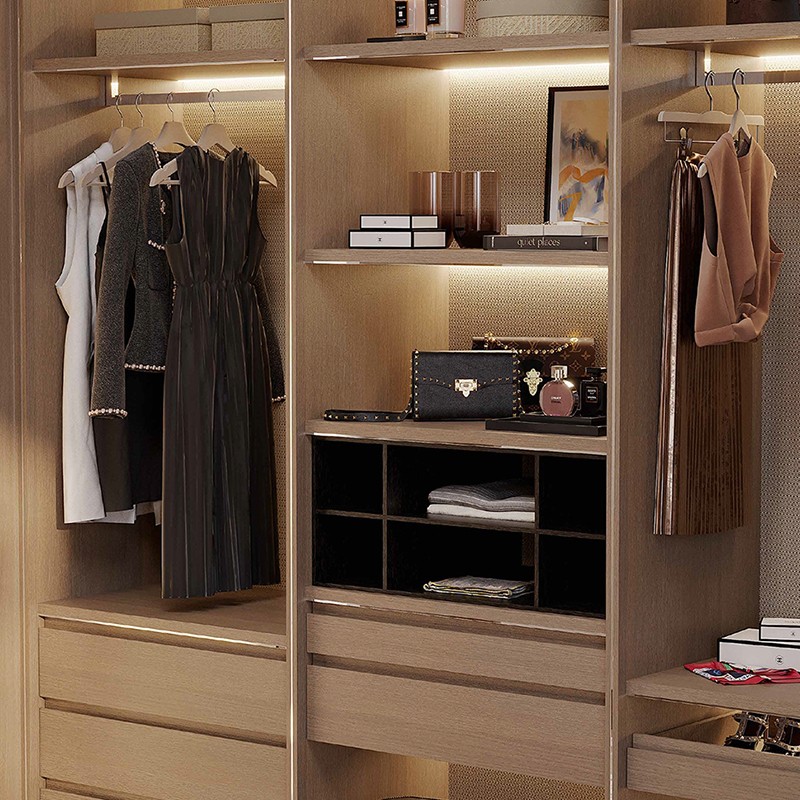
The evolution of modern wardrobe closets: from practical to personalized
In the 20th century, with the continuous improvement of people's living standards, the design of wardrobe closets once again ushered in a huge change. Modern armoire closet is not only a tool for storing clothes, it also carries more personalized needs and aesthetic pursuits.
Modern wardrobe closets come in a variety of types and styles, including traditional wooden armoire closets and modern armoire closets made of metal, glass and other materials. Their designs are more concise, stylish and their functionality is further enhanced. In addition to storing clothes, modern armoire closets can also have built-in lighting systems, drawer partition systems, etc., making it more convenient for users to use.
In addition, with people's pursuit of quality of life, customized wardrobe closets have gradually become popular. Consumers can customize their own armoire closets according to their needs and house layout, which can make full use of space and show personal style. Designs such as walk-in wardrobe closets and integrated cloakrooms make the functions of wardrobe closets more diverse, meeting people's dual needs for storage and beauty.
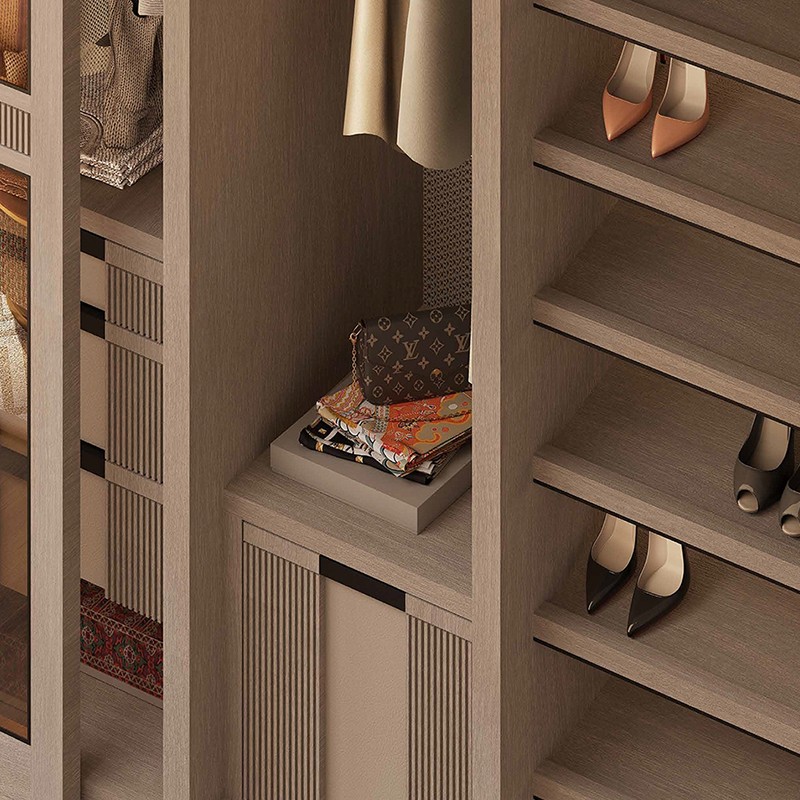
The cultural and symbolic meaning of armoire closets
In addition to its functionality, armoire closets also have certain symbolic meanings in many cultures. In Western culture, the armoire closet is often seen as a symbol of personal privacy, especially in literary works, where it is often used as a metaphor for secrets, memories, and personal space. For example, in The Chronicles of Narnia, the wardrobe closet is not only a place to store clothes, but also leads to a mysterious magical world, symbolizing the unknown and exploration.
In many families, the wardrobe closet also carries personal emotional memories. People often store precious items, such as heirloom clothes and important souvenirs, in the wardrobe closet. This emotional dependence makes the wardrobe closet not only a storage tool, but also a witness to personal life.
Transform Your Space with Gagaluna’s Furniture
Whether it’s kitchen cabinets, bar units, or decorative panels, Gagaluna provides customized furniture solutions tailored to your style. Our Foshan-based factory uses advanced techniques and high-quality materials like glass and aluminum. Buyers enjoy competitive wholesale pricing, tailored quotes, and professional service. Choose Gagaluna for stylish and affordable designs.

